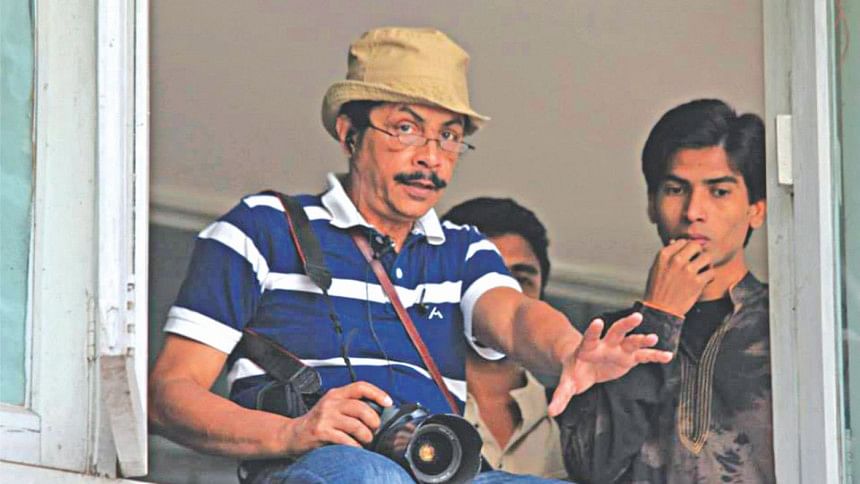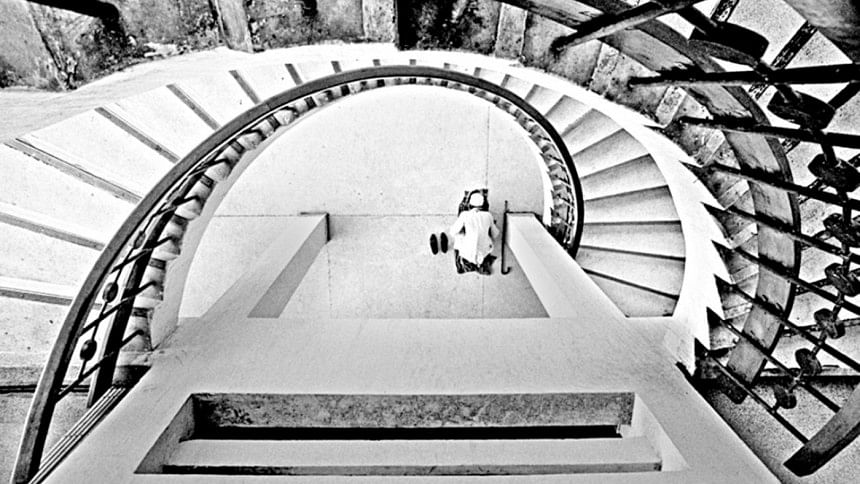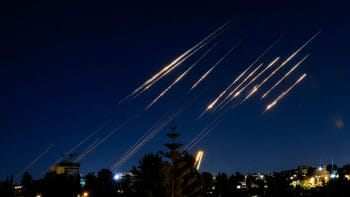Stories through Photography: Knowing Hasan Chandan

In the last two decades, photography in our country has flourished and made a place for itself in the international area. Many photographers have contributed to this journey. One of them is Hasan Chandan. Known for his amazing work on Kamalapur Rail Station, this Dhaka based photographer has been appreciated by photography enthusiasts both home and abroad. His specialisation in fine art photography, visual journalism and documentary filmmaking has helped create a new path towards unconventional photography. Till now he has received various national and international awards including the FIAP gold and silver medal, grand prize in 11th Photo Contest in Asia and Pacific organised by Asian Cultural Centre for UNESCO, Nikon Annual third prize and honourable mention, etc. Hasan Chandan is also one of the founding members of MAP Photo Agency.
Though born in Noakhali, Hasan Chandan spent his early childhood in Kaptai. His curiosity towards photography had generated at that stage. "I was very curious about gadgets and electronics. That curiosity drove me towards my father's camera," says Hasan Chandan. Mesmerised by the 6 by 6 photo paper, Hasan Chandan borrowed his father's camera and took his first pictures at the age of seven. "After my father showed me the basics and gave me a reel to shoot, I shot my heart out. I remember I took mostly landscapes at that time."
In 1971 Hasan Chandan and his family were struck with tragedy when his father was killed by the Pakistani army. This incident began his documentary photography. "After my father's death, the Pakistani army came to my mother to show their condolences. They told us it was a mishap." He also adds, "I remember the general was crying. Seeing that, the 10-year-old me ran to get the camera and shot every bit of it. It's a sorrow that the films were lost otherwise this would have been a historical documentation."

Up until the 1980's, photography was just an interest for Hasan Chandan, much like his interest in jazz drumming and badminton. "While studying in Notre Dame College, I faced a challenge as for a period of time I couldn't write," says Chandan. Due to this situation Chandan dropped out of college and joined his uncle's shop outside of Dhaka, in Jamalpur.
One day, while buying chocolates for the shop, Hasan Chandan came across a photography wholesale shop outside of town, which took him down memory lane. "Nostalgia struck. I bought a pack of films, borrowed my uncle's camera and went straight back to Jamalpur," says Chandan. While developing the photos in the famous Chitralekha studio, he learnt about developing. "They showed me how to enlarge and how to develop and immediately I created my own dark room at home." While this was happening, Hasan Chandan came across an announcement to submit photographs for the National Photography Competition.
"I immediately decided to submit one of my photos. A relative of mine had a studio in Ghatail and I gave it to him to make it into a 10:12 size but he didn't give me the picture back. After a while I even forgot about it." After three months Chandan saw his photograph being exhibited in his relative's name in the national exhibition. "I talked to a lot of people in BPS (Bangladesh Photography Society) about this incident, where I met Manzoor Alam Beg and was introduced to the Begart Institute of Photography." Chandan enrolled himself to one of the courses there and his journey towards photography finally took its course.
Hasan Chandan soon established himself as an unconventional photographer in the photography society. His use of patterns and zone selection stood out of thousands. "I think this was a result of my reading habit. I read tons of books on art, realistic photography, conceptual photography, Dadaism, surrealism etc. This knowledge still helps me when I shoot." Throughout 1984-92, Hasan Chandan won eight National Photo Contest awards. He was also the youngest jury member of the 1986 National Photo Contest.
In 1989 through photographer Peter Fryer's assignment, Hasan Chandan began his famous work on Kamalapur Rail Station. His work later came out as a book named, 'The People of Kamalapur Rail Station' and also took him to Switzerland for a solo exhibition. "This work was very much inspired by Raghu Rai's book 'Taj Mahal'," says Chandan. "Though I wanted to work on Kamalapur for ten years, after the exhibition in Switzerland I never continued." This work of his showcases how he used patterns in the everyday life of that area. At that time, Hasan Chandan was one of the first ones to implement this technique and Kamalapur, much like Panam City or Shadar Ghat soon became one of most popular hubs for photographers.
Through time has came to be known as one of the most prominent and eccentric photographers of our country. People who are close to him know how his life circles around his photography. "To me, photography is a life style," says Chandan. "There are people who do it for the prizes, but doing it for your own soul pays off more than the awards."

 For all latest news, follow The Daily Star's Google News channel.
For all latest news, follow The Daily Star's Google News channel. 



Comments